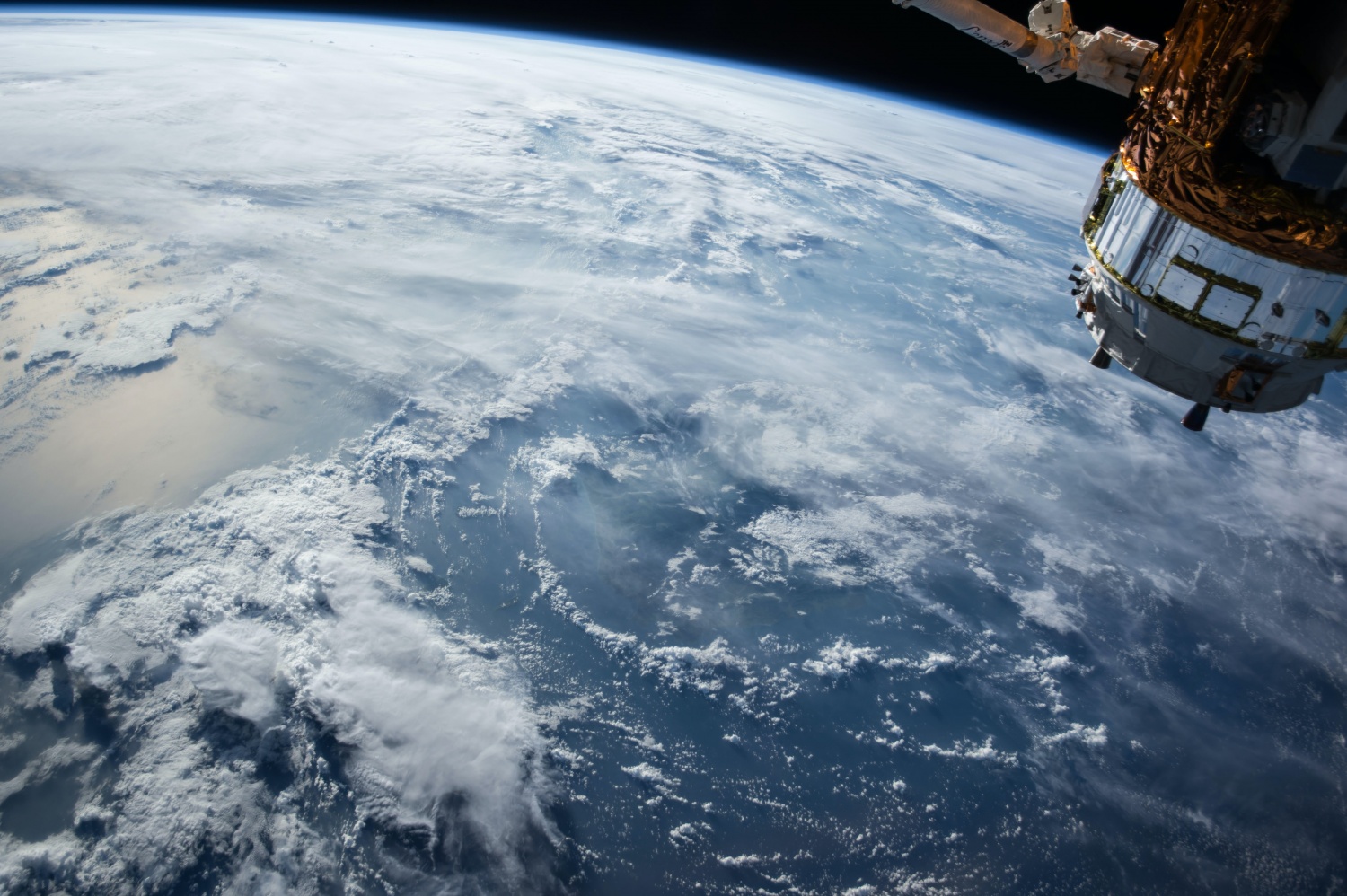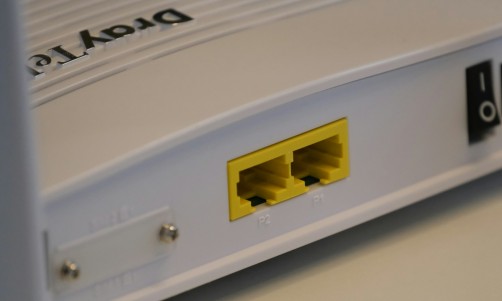The NASA Lunar Orbiter has taken a stunning photo of the planet Saturn as well as its rings, even though it is far away from the planet and not built to capture such long-distance images.
NASA Moon Orbiter Captures Photo of Saturn
Last October 13, the camera aboard NASA's Lunar Orbiter spacecraft captured Saturn from a location of roughly 90 kilometers or 56 miles above Lake of Spring, per NASA.
The Lunar Reconnaissance Orbiter Camera (LROC) was facing down at the north face of the rings, and the rings in front of Saturn appear to be below its equator from the image's point of view.
NASA spacecraft at the moon snaps photo of Saturn from lunar orbit https://t.co/40f31HHX3M pic.twitter.com/8OQg6F6buK
— SPACE.com (@SPACEdotcom) November 28, 2021
Space.com added that the photograph shows the greater portion of the planet's northern hemisphere than the planet's southern hemisphere.
To provide further details on how it was captured, NASA stated that the LROC Narrow Angle Cameras (NAC) are line scan cameras, which makes capturing any images a challenge except for the Moon.
This is because they were built to acquire photos by making use of the spacecraft's velocity over the surface and building up an image one line at a time, with very short exposure durations.
The spacecraft rotates the NAC across Saturn to capture the planet, replicating an orbital ground motion. The rotation across Saturn was accomplished by aiming the NAC solely on a single side of the planet and then targeting the opposite direction.
Read Also: iPhone TikTok Videos: These 2 Simple Tricks Will Make You Look Like an iPhone Expert
"LRO responded to the updated target by slewing to it at a specific rate across the planet. This rate is programmed to optimize LRO stability and speed and resulted in a NAC exposure time of 3.82 milliseconds," NASA furthered in the press release.
Since Saturn is much darker as compared to the Moon and Jupiter, and with the exposure duration affected by the rotation speed, NASA stated that they cannot check the Saturnian moons the same as they did with the Galilean moons.
Luckily, the NACs can see Saturn's incredible rings, which are 10 to 100 million years old, 10 meters thick, and nearly entirely made of water ice. The primary rings observed have a diameter of 270,000 km or 168,000 miles, and about 70 percent of the average distance between Earth and Moon.
NASA Lunar Orbiter
NASA Lunar Orbiter is administered for the Science Mission Directorate at NASA Headquarters in Washington by NASA's Goddard Space Flight Center in Greenbelt, Maryland.
In addition to this, it was launched in 2009 and has gathered a ton of information through its seven-strong sensors, contributing significantly to our understanding of the Moon.
NASA's Moon Exploration
In line with this, NASA is teaming up with commercial and international partners to travel to the Moon in order to increase human presence in space and bring back new information and possibilities.
SpaceX is one of the said commercial partners of NASA, as the company won the Human Landing Space program, per a previous report.
To further explain the Human Landing System, NASA announced that four humans will be deployed aboard the Orion spacecraft for a multi-day mission to lunar orbit through NASA's Space Launch System rocket.
For the final leg of their voyage to the Moon's surface, two crew members will switch to the SpaceX human landing system.
They will board the lander for the short voyage back to orbit after a week exploring on the surface, where they will join up with Orion and their colleagues before returning to Earth.
Related Article: Bruce Willis Goes Viral After NASA 'Armageddon' Shoutout: Funniest Tweets and Reactions















